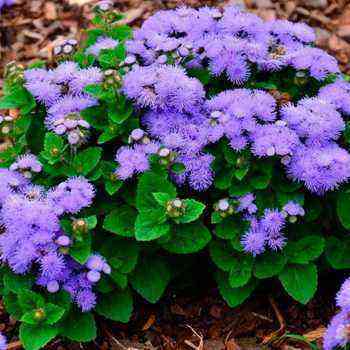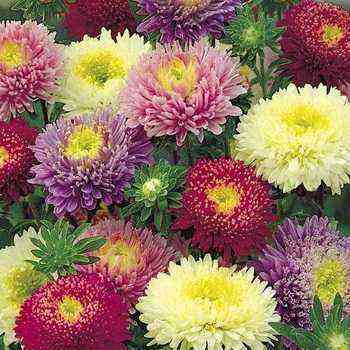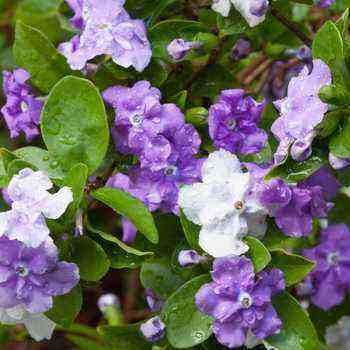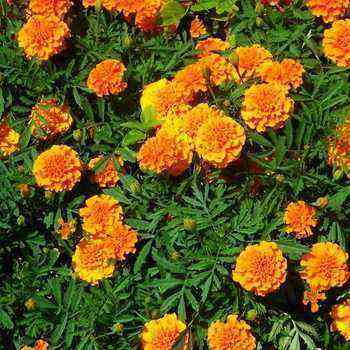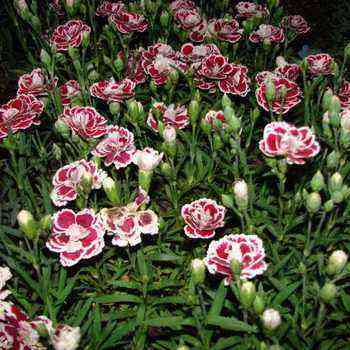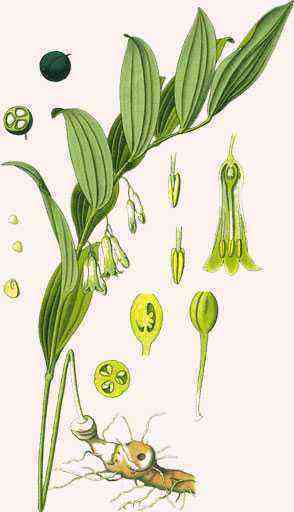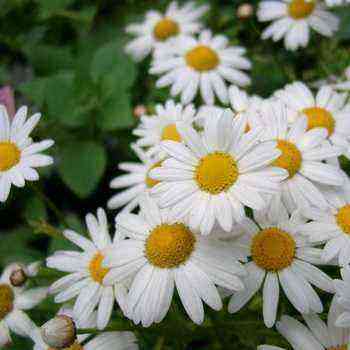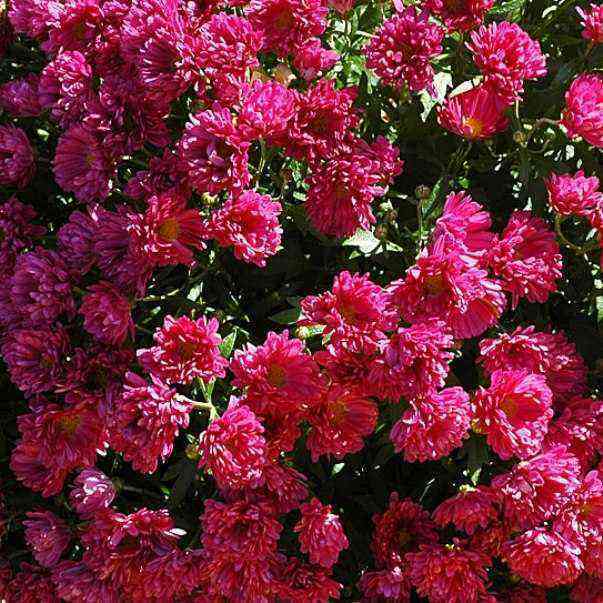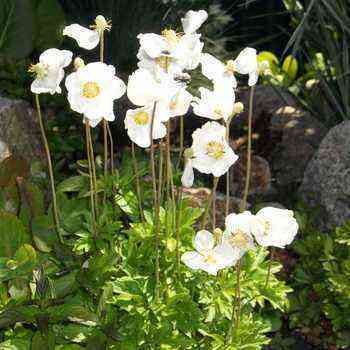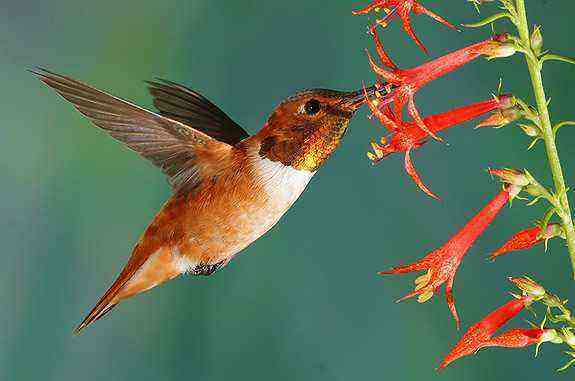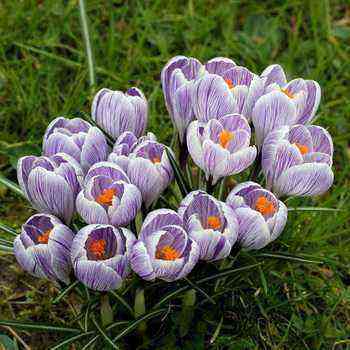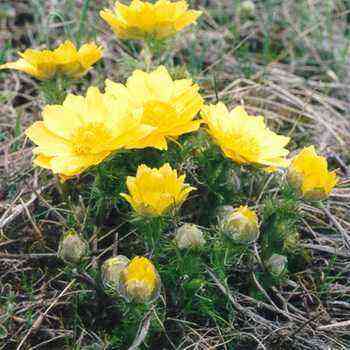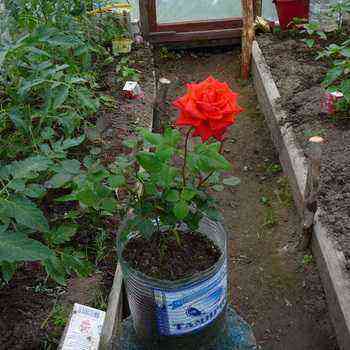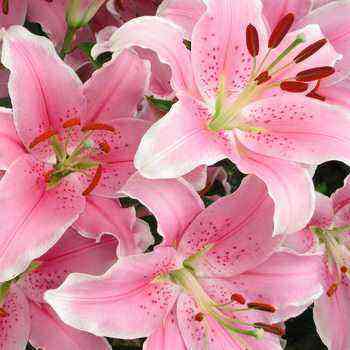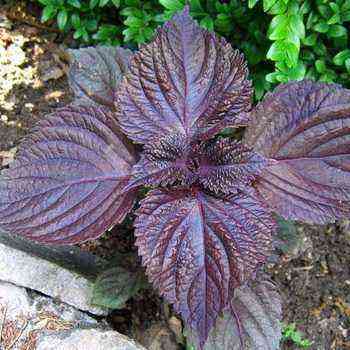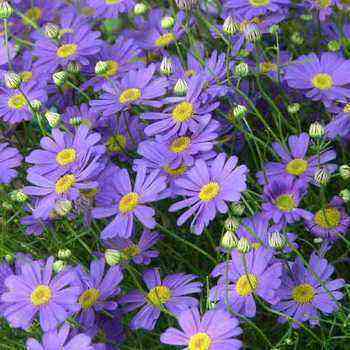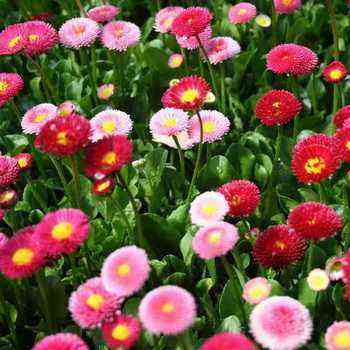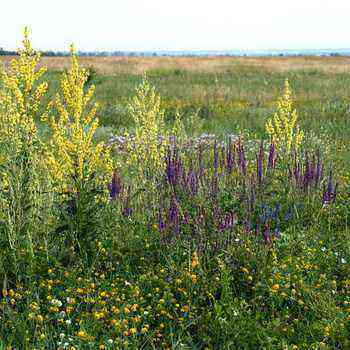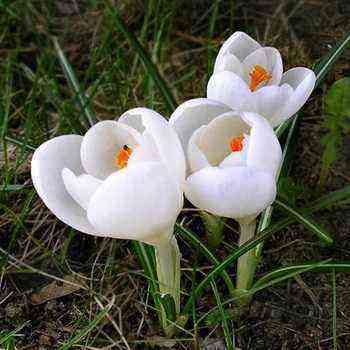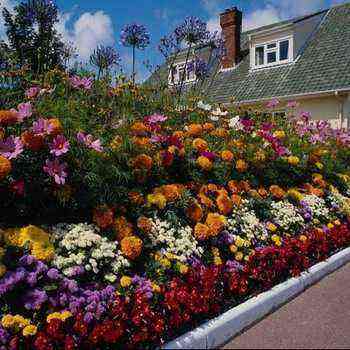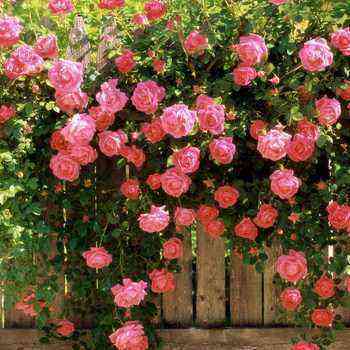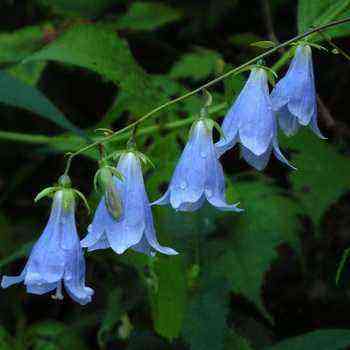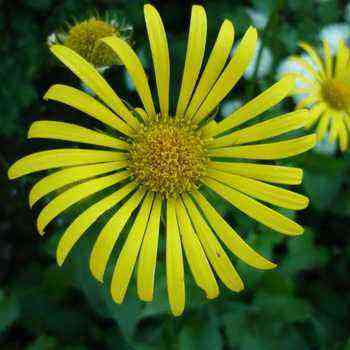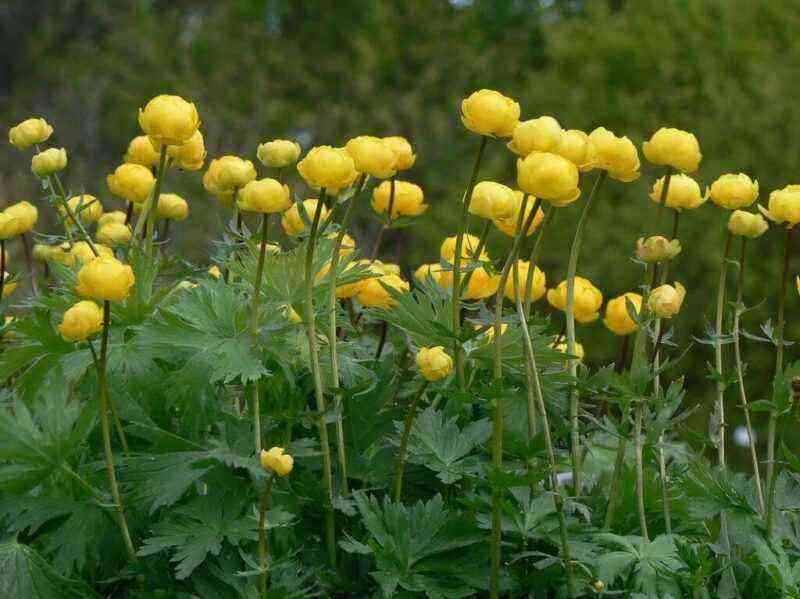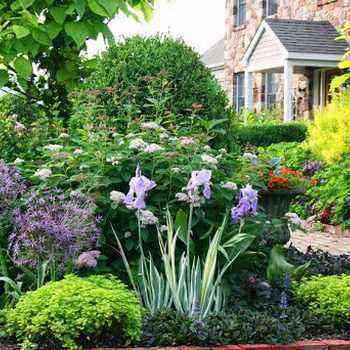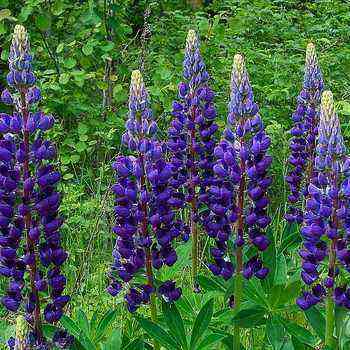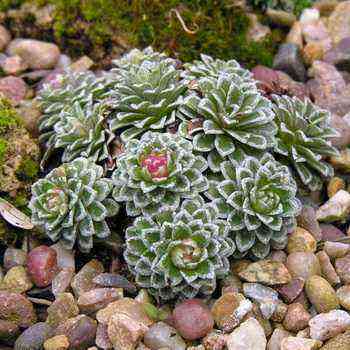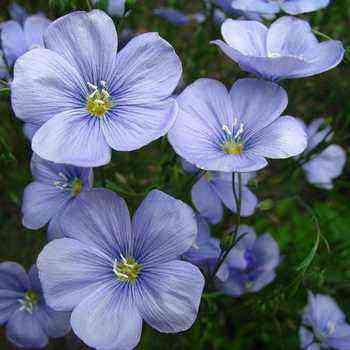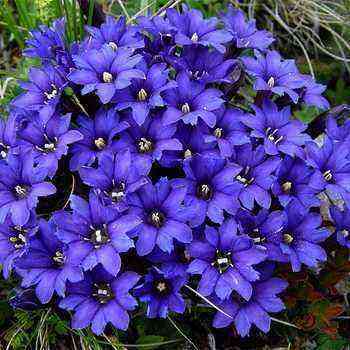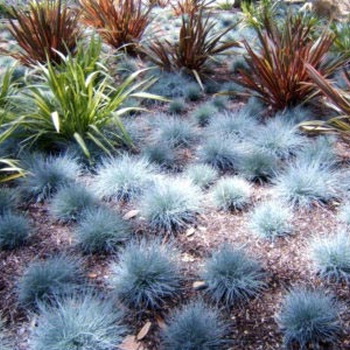 The grass fescue (Festuca) is an ideal plant for decorating gardens in a landscape style. Due to the huge variety of species and varieties of these meadow crops, you can choose the one that will perfectly fit into the concept of your flower garden or alpine slide, decorate a rock garden, rockery or parterre lawn.
The grass fescue (Festuca) is an ideal plant for decorating gardens in a landscape style. Due to the huge variety of species and varieties of these meadow crops, you can choose the one that will perfectly fit into the concept of your flower garden or alpine slide, decorate a rock garden, rockery or parterre lawn.
It is a large genus of perennials with spreading or compressed panicles. Spikelets have 2-10 flowers. Spikelet scales are always sharp, the lower floral ones are sharp and even spinous, without keels.
Below you can read a description of the species and varieties of fescue grass, find out where it grows, look at the photo, what this plant looks like and how it is used in landscape design.
Amethyst

O. amethyst (F. amethystina). Densely turf, with a blue or gray-blue tint.
Basal leaves are numerous, bristle-like, protruding, 10-30 cm long. Stems 30-80 cm high. The panicle is oblong, loose, drooping, often with a purple color. Spikelets are 8 mm long. Blooms in June – July.
Grows on dry mountain slopes, often on limestone, in Europe. Hardy, light-requiring, requires good drainage.
Used for rocky hills, dry flower beds.
Grades:
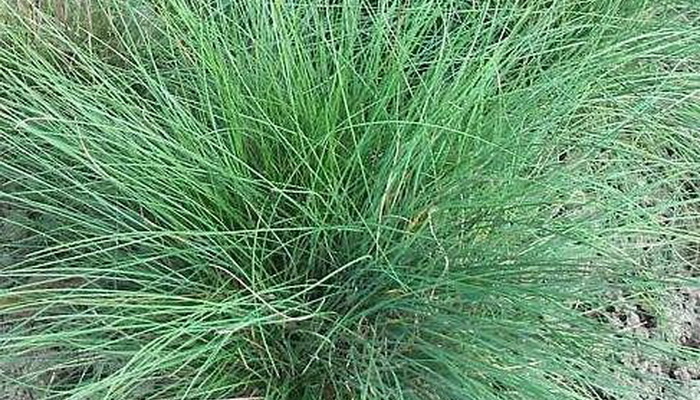
“Bronzeglanz” – greenish, bronze in autumn.

“Klose” is light blue.
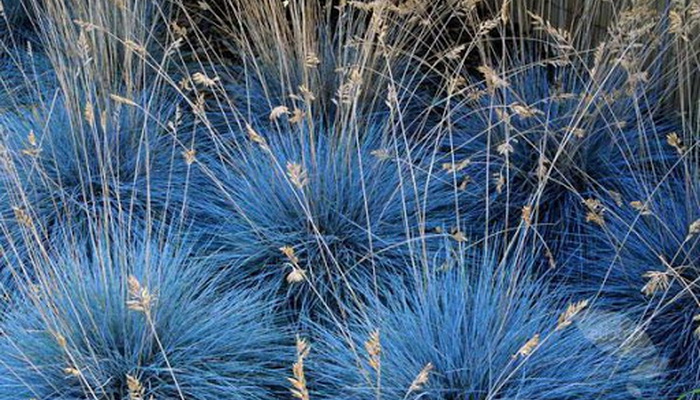
“Superba” – with a particularly beautiful blue-gray color of leaves and purple panicles.
Wallis
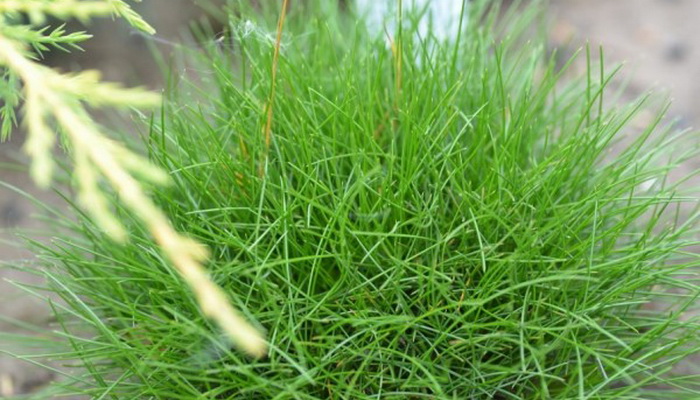
O. Vallis, fescue (F. vallesiaca).
Forms dense tussocks, the height of the stems is 25-50 cm. The leaves are glaucous or gray-green, filiform, 0.3-0.6 mm in diameter, much shorter than the stems. The panicle is rough, protruding, 3-10 cm long. Spikelets are 6-8 mm long. Lower floral scales with a short awn. Blooms in May-July.
Distributed in steppes, dry meadows, stony slopes of Eurasia. The species is very variable, it is divided into a number of subspecies, in particular, in the domestic literature, fescue is usually called the furrowed subspecies – F. vallesiaca ssp. sulcata, or about. furrowed (F. sulcata). Winter-hardy unpretentious cereal for sunny places with good drainage. Drought-resistant.
Grown on alpine hills, in containers, in small flower beds.
High
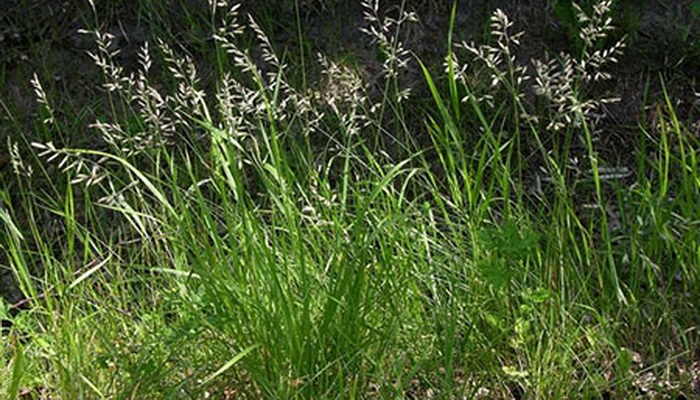
O. high (F. altissima). Gives dense turf. Stems 50-120 cm tall.
Stem leaves, dark green, 4-14 mm wide, overwintering. Panicles up to 20 cm long, loose, drooping. Spikelets up to 9 mm, flower scales without awns. Blooms in June – July. Found in forests, mainly coniferous, in Europe, the Caucasus, in the south of Siberia.
Shade tolerant, prefers good garden soil. Gives self-seeding.
Large grass for a shady garden.
Giant

O. giant (F. gigantea). Forms turf. The height of the stems is up to 170 cm.
The leaves of Fescue are high stem, wide (7-18 mm), flat and shiny on the underside. Panicles up to 50 cm long, loose and spreading, with thin twigs and sparse drooping spikelets. Spikelets are pale green, up to 12 mm long. The awns of the flowering scales are sinuous, 2-3 times larger than the scales. Blooms in June – August. Grows in forests and bushes in Eurasia. Shade tolerant, prefers fertile soil and moderate watering. Gives abundant self-seeding.
Looks very good in shady gardens, contrasting with broadleaf plants such as hosts, rogers.
Blue
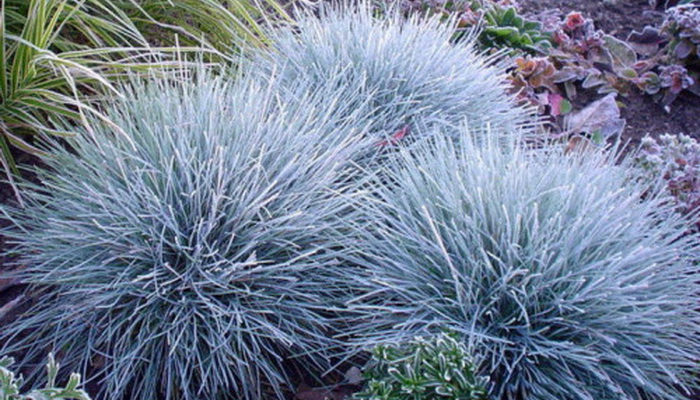
O. blue, or gray (F. glauca). The turf is very dense, the stems are 20-50 cm tall.
The leaves are narrow, straight, gray-gray, retain their color in winter. Panicles 4-6 cm long, dense, often lilac colored. Spikelets are 6-8 mm long, flowering scales with short awns. Blooms in June. It occurs naturally on sandy places and rocks in southern France. Photophilous, drought-resistant, looks better on poor sandy or rocky soils. It is considered short-lived, especially of the cultivar, and is often grown as an annual. Perhaps the reason for the fragility is that the central part of the curtain easily wears out in winter and the plant needs to be divided every 2-3 years.
For rockeries, flower beds, containers.
Varieties: Commercially often mixed with other Western European species -o. ashy (F. cinerea), from which it differs only in small details important for taxonomy, in particular, a narrower leaf, and about. sheep (in catalogs there is often a combination of F. ovina “Glauca”, F. ovina var. glauca). Since it is unrealistic to find out what is meant in each specific case, we present the decorative varieties attributed to all these three species in a single list. Quite a few varieties are bred in Germany.
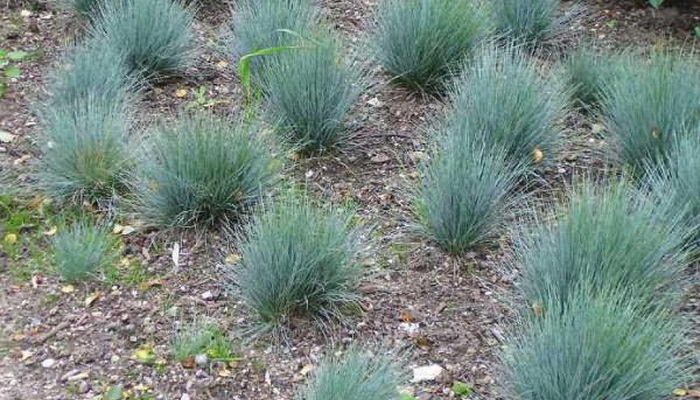
“Aprilgrun” – gray-green.
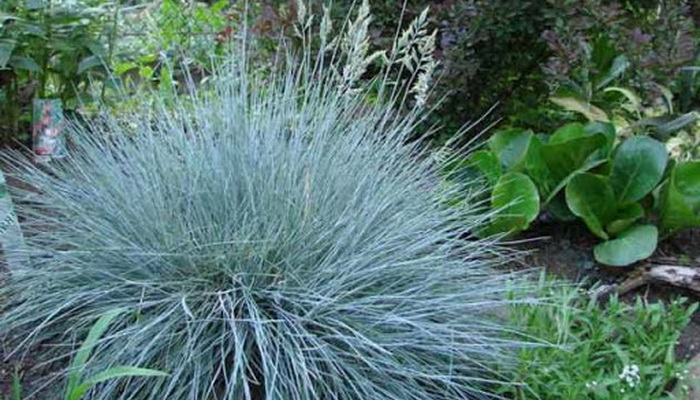
“Blaufink” (“Blue Finch”) – up to 15 cm tall, with intense blue foliage.
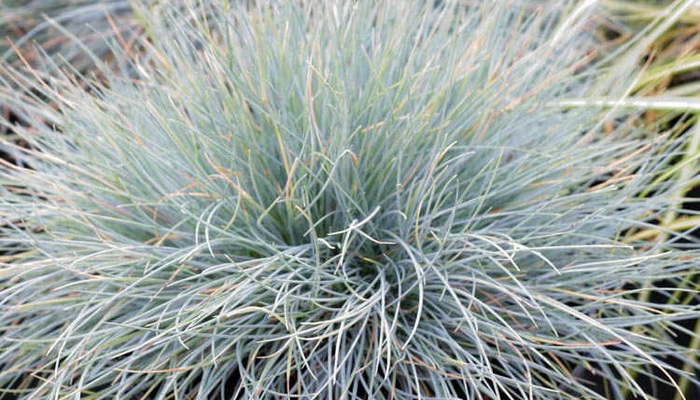
“Blaufuchs” (“Blue Fox”) has a lighter steel shade.

“Blauglut” (“Blue Glow”) – bluish gray.

Caesia is bright blue.
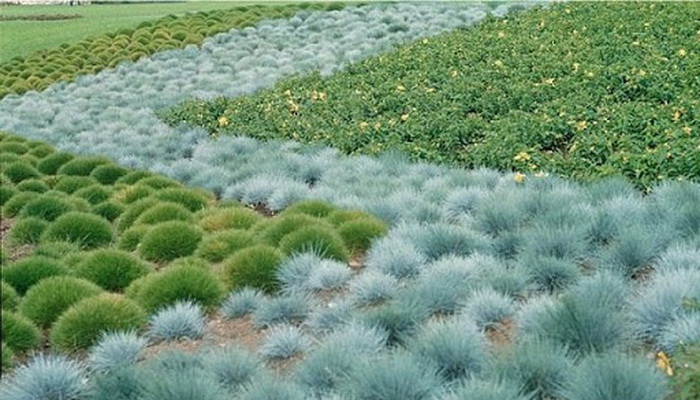
“Daeumling” (“That Thumb”) – tiny, up to 10 cm tall.
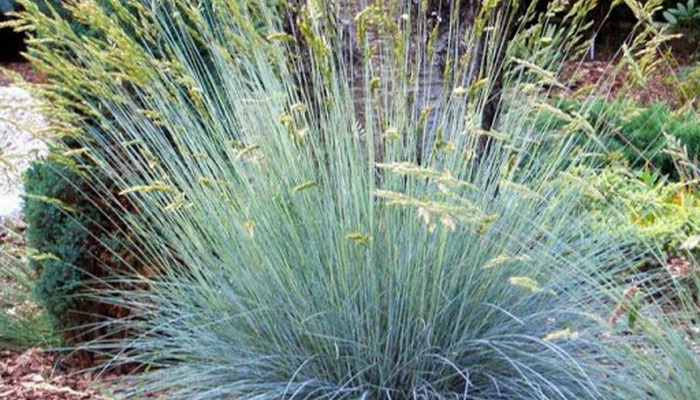
Elijah Blue is a silvery blue leaf. A relatively potent and possibly long-lived cultivar.
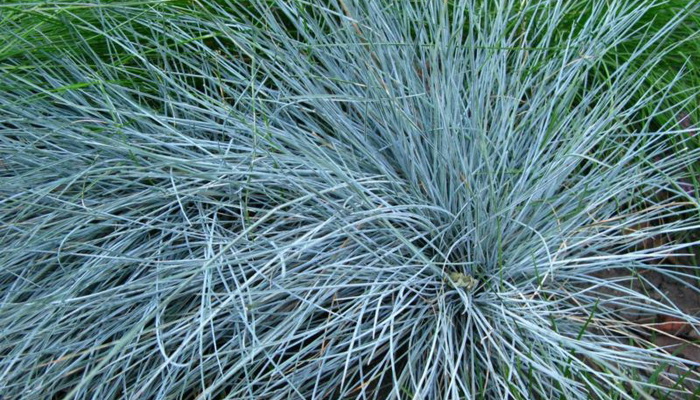
Same color for Blausilber and Boulder Blue.
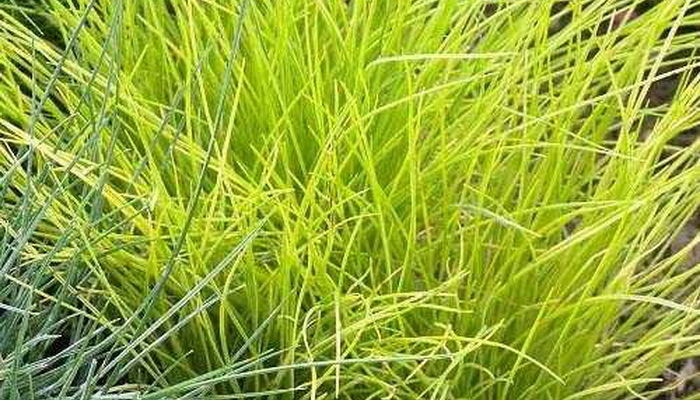
“Golden Toupee” – short-lived, yellow-green.

“Harz” – has dark olive green leaves with a purple hue.
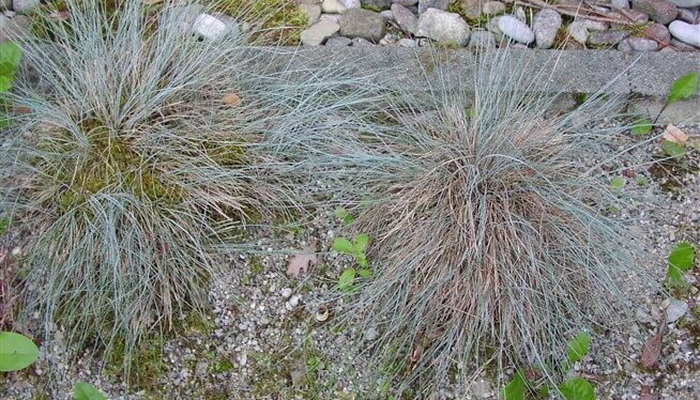
Meerblau, Palatinat are bluish green.
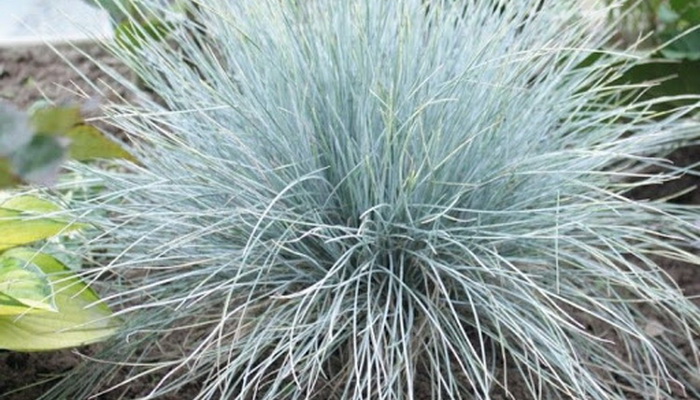
“Seeigel” (“Sea Urchin”) – very thin needle-shaped leaves of the color of the sea wave. ‘Soiling – bluish gray, does not bloom.
Gauthier
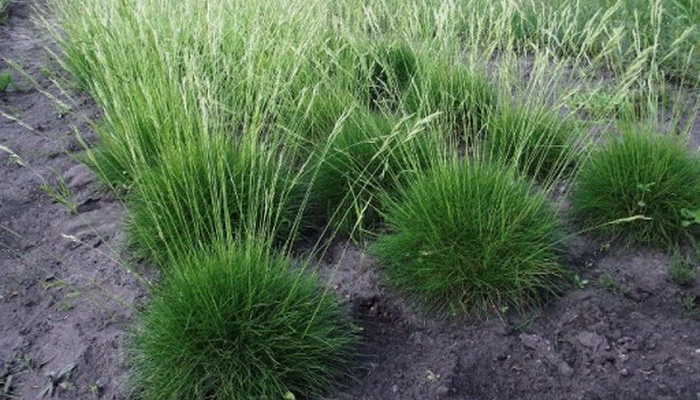
O. Gauthier, or paniculata (F. gautieri, or F. scoparia).
Forms dense, wide, spreading tussocks of bright green color. The leaves are very narrow, tough and thorny, up to 15 cm long, potentially winter green, but may die off in some years. The height of rare stems is 20-40 cm. The panicle is inconspicuous, 4-7 cm long. In central Russia, it blooms weakly. Homeland – the rocks of southern France and northern Spain. Winter-hardy and drought-resistant cereal for sunny, well-drained places.
Suitable for rocky slides, rock gardens and container growing.
Grades:

“Pig Carlit” and “Hobbit” – miniature, up to 8 cm tall.
Red
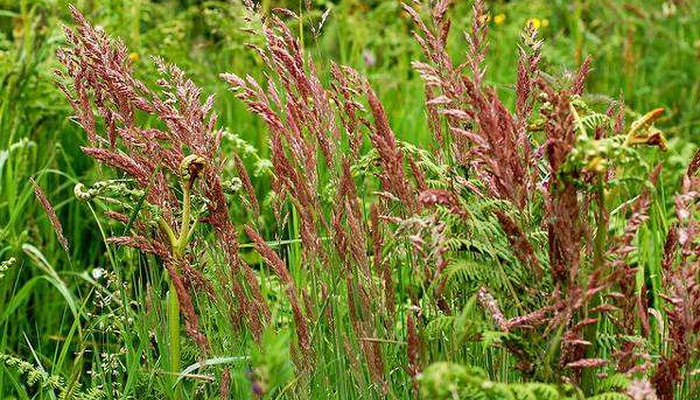
O. red (F. rubra). A plant with creeping shoots, there are forms that form turf, and there are – with shoots spaced apart.
Leaves of short vegetative shoots are narrow or folded, up to 1.2 mm wide, wider on peduncles. Stems 20-70 cm tall. Panicle up to 10 cm long, spreading during flowering, with hard, protruding branches. Spikelets up to 10 mm long, often glaucous. Lower floral scales with short awns. Blooms in June – August. It grows in meadows, clearings and thin forests throughout the Northern Hemisphere. It grows rapidly, is drought-resistant and unpretentious.
A valuable lawn grass used both in grass mixtures and in pure form for the best parterre lawns.
Grades: quite a few lawn varieties are known, differing in turf density, winter hardiness and other indicators.
Meadow
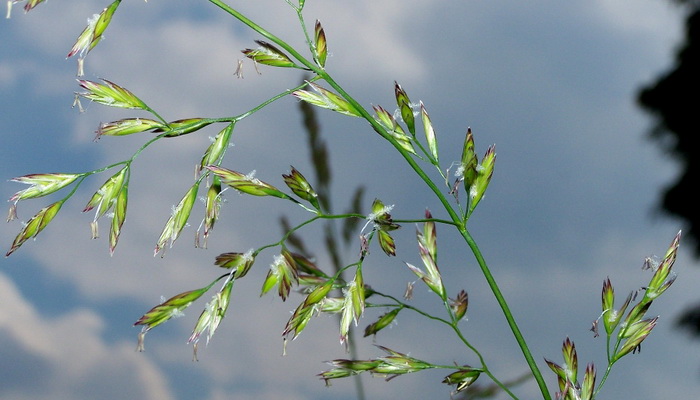
O. meadow (F. pratensis). Forms tussocks, dense due to numerous vegetative shoots.
Height of stems up to 120 cm. Leaves are linear, flat, 3-5 cm wide. The panicle before and after flowering is compressed, protruding, with coarse twigs. Spikelets up to 12 mm long. The flower scales are awnless. Grows in meadows, glades of Eurasia. Undemanding to soil, light-requiring. Watering is desirable. Valuable fodder in grass mixtures for pastures, suitable for unpretentious lawns, for anchoring slopes.
Grades: several dozen varieties of agricultural importance.
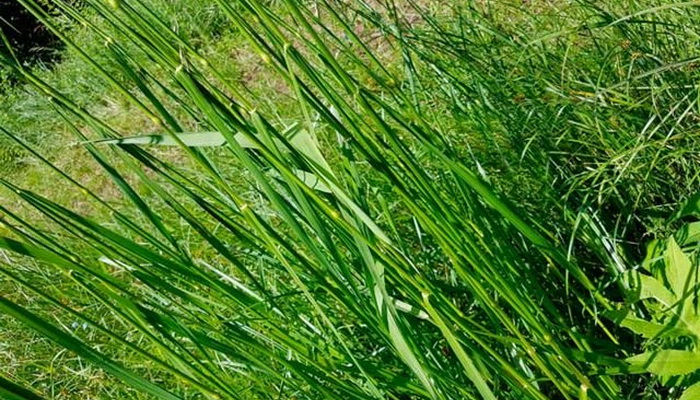
A similar view is about. reed, or high (F. arundinacea, or F. elatior) – cultivated for the same purposes. It differs in hairs on the fold of the leaf and along its protrusions – ears.
Mayor and Glacial

O. Mayra (F. mairei). The turf of the flesh is large, gray-green.
The leaves are narrow, flat or coiled, 3-5 mm wide, rough. The height of the stems is 40-90 cm. The panicle is very narrow, with short branches, up to 20 cm long. Spikelets are gray, up to 8 mm long. Scales without awns. Blooms in June. Comes from the upper belt of the Atlas Mountains. Drought-resistant, winter-hardy, photophilous.
For rocky gardens, sunny flower beds.
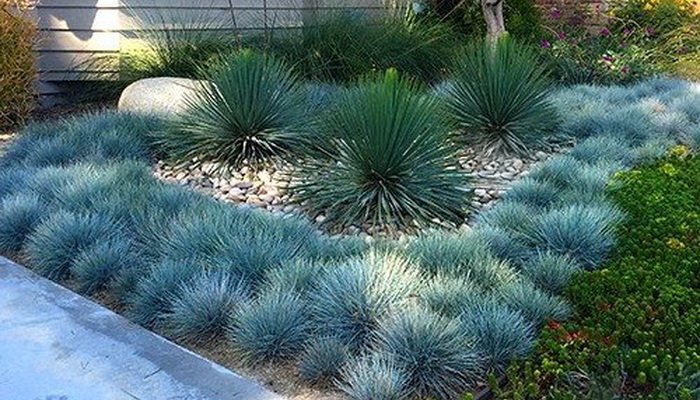
O. glacial (F. glacialis). Miniature copy of Fr. blue.
Height up to 15 (20) cm. Stems are numerous, slender. Panicle 2 -3.5 cm, spikelets sitting one by one, spinous, light purple, up to 5 mm long. Originally from the highlands of Europe.
For rock gardens.
Sheep
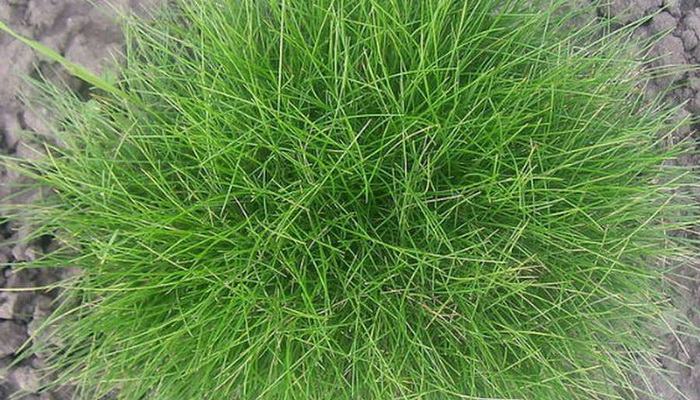
O. sheep (F. ovina). Gives dense turf.
Leaves folded lengthwise, hair-like (0.3-0.7 mm in diameter), grayish or bluish-green. Stems 40 (50) cm tall. Panicle 4-10 cm long, rather loose, often one-sided, compressed after flowering. Spikelet up to 6 mm long. Floral scales with awn 1-1.5 mm. Blooms in May-June. Grows in meadows, in sparse forests in the forest zone of Eurasia. Unpretentious drought-resistant cereal, tolerates partial shade.
Beautifully colored forms are suitable for slides. For curbs, lawns in dry areas, including in mixtures, for sports fields and anchorage of slopes. Pasture cereal.
Grades: There are a number of grades for lawns and pastures. Part of grass mixtures for lawns.
